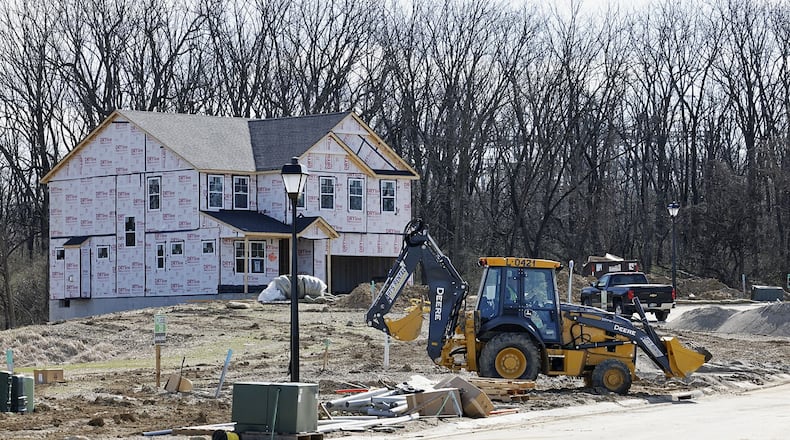While on the surface this may seem surprising, it makes sense, said Robert Graham, a research scholar and adjunct professor of gerontology and sociology with the Scripps Gerontology Center at Miami University.
U.S. fertility generally has been in decline since the baby boom, following World War II, and there have been record low levels more recently, meaning fewer babies are being born, he said.
“Without sufficient births to replace the number of people who die each year, the population will decline, absent sufficient migration,” he said.
As a result of these trends, nearly two-thirds of Ohio counties lost population between July 2020 and July 2021, including Butler County, the Census data shows.
However, Warren County’s population grew by 3,549 residents, which was the second largest increase in the state, behind only Delaware County.
Greene and Miami counties also each added a few hundred new residents in 2021.
Domestic and international migration helped six out of seven local counties grow their populations or defray losses. Butler County saw a net loss in migration.
About 92% of Ohio’s counties saw a natural decrease in population last year, which is up from 61% of counties in 2020 and 49% in 2019, the data say.
Back in 2011 and 2012, less than a quarter of counties saw a natural decrease in population.
Between July 1, 2020, and July 1, 2021, there were about 17,950 COVID deaths reported across the state.
Additionally, more people died of other causes, like heart disease and diabetes, experts said, likely because many people were reluctant to seek medical treatment during the pandemic.
Also, fertility tends to decline during times of uncertainty and economic turmoil, and the last two years have been fraught with apprehension, said Graham, with the Scripps Gerontology Center.
The long-term fertility decline means the U.S. population is aging, Graham said, and as people age, their risk of dying increases.
“So we are experiencing a simultaneous decline in births and an increase in deaths,” he said. “Both trends have been magnified by COVID-19 and its effects, and I expect that the trends will continue.”
These trends have significant implications for Ohio communities, because a shrinking and aging population likely will require shifts in services for older people, Graham said.
Workforce challenges currently facing businesses and communities could deepen, since there will be fewer people to enter the workforce and replace departing workers, he said.
In 2010, only four Ohio counties had populations in which at least a quarter of residents were at least 60 years old, according to a 2018 state plan on aging by the Ohio Department of Aging.
By 2030, seniors will account for at least a quarter of residents in 81 of Ohio’s 88 counties, the report states.
The segment of the population that is 60 and older is growing more than 20 times faster than the state’s overall population, wrote the department’s then director Beverley Laubert.
About the Author

